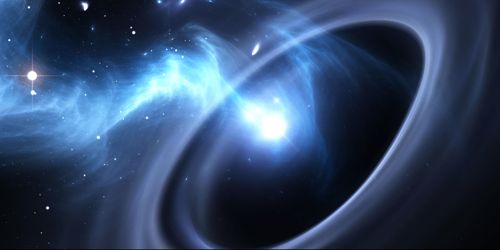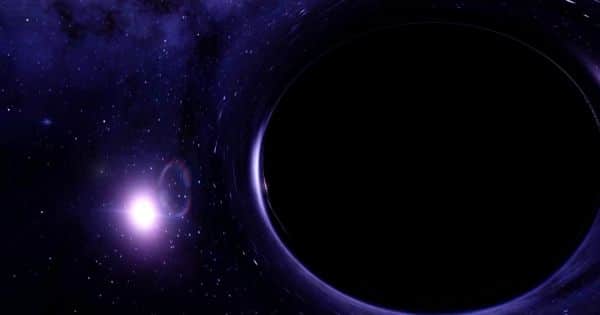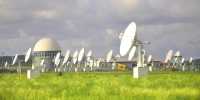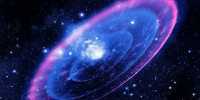A black hole is a spot in space that has so much gravity, that nothing can overcome its pull, except light. More than seven billion years ago, two massive black holes encircled each other until they met and fused, a cataclysm so violent that ripples floated across the structure of space-time. Laser Engineering at Osaka University has effectively used brief but incredibly efficient laser blasts to produce magnetic field reconnection within the plasma. This study can contribute to a more complete theory of X-ray emission from celestial objects such as black holes.
In addition to being exposed to strong gravitational forces, matter devoured by a black hole can also be devoured by intense heat and magnetic fields. Plasmas, the fourth state of matter cooler than solids, liquids, or gases, are composed of electrically charged protons and electrons that contain too much energy to form neutral atoms. Instead, in response to magnetic fields, they bounce frantically.
Laser Engineering at Osaka University have successfully used short, but extremely powerful laser blasts to generate magnetic field reconnection inside a plasma. This work may lead to a more complete theory of X-ray emission from astronomical objects like black holes.
In plasma, magnetic reconnection is a mechanism in which twisted magnetic field lines abruptly “snap” and cancel each other out, resulting in a rapid conversion of magnetic energy into particle kinetic energy. In stars, like our own, reconnection is responsible for a significant part of coronal behavior, such as solar flares. Owing to the high acceleration, the charged particles in the black hole accretion disk emit their own light, typically in the X-ray portion of the spectrum.

To better explain the phenomenon that results in the observed x-rays originating from black holes, scientists at Osaka University used powerful laser pulses to establish equally severe conditions in the lab. “We were able to study the high-energy acceleration of electrons and protons as the result of relativistic magnetic reconnection,” says Senior Author Shinsuke Fujioka. “For example, the origin of emission from the famous black hole Cygnus X-1, can be better understood.”
However, this level of light strength is not readily attained. For a fleeting moment, the laser needed two petawatts of power equal to one thousand times the electrical consumption of the entire globe. With the LFEX laser, the team was able to reach a peak magnetic field of 2,000 suchas. For contrast, the magnetic fields produced by the MRI machine to create diagnostic images are usually about 3 teslas, and the Earth’s magnetic field is a pale 0.00005 teslas. Plasma particles are accelerated to such an extreme degree that relativistic effects need to be addressed.
“Previously, relativistic magnetic reconnection could only be studied via numerical simulation on a supercomputer. Now, it is an experimental reality in a laboratory with powerful lasers,” says King Fai Farley Rule, the first author. Researchers assume that this research would help to elucidate the astrophysical mechanisms that could exist in locations in the Universe that produce intense magnetic fields.















